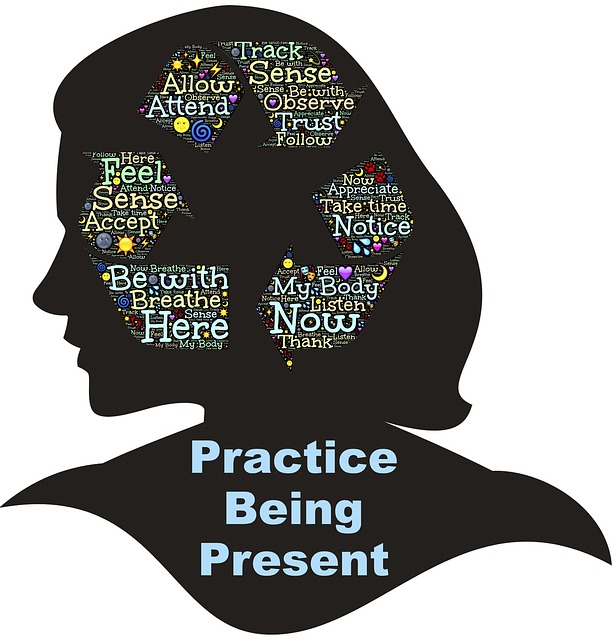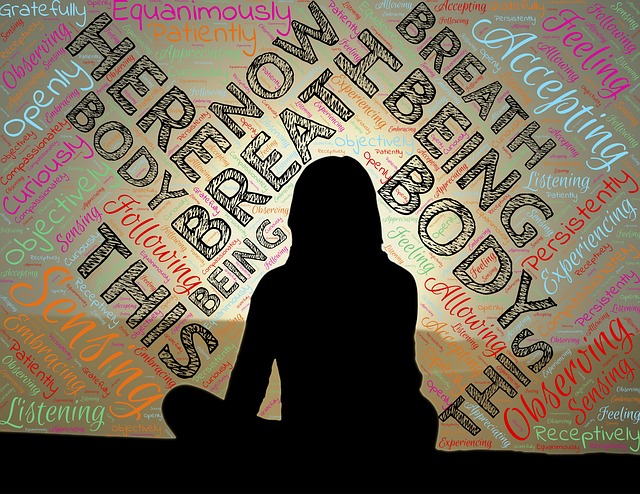Jack Kornfield and Tara Brach, in their online Power of Awareness Mindfulness Training, stress the importance of mindful breathing as a universal practice that is foundational to developing mindfulness. Jack not only leads participants in a mindful breathing practice, but also explains the rich rewards of this practice.
Why practice mindful breathing?
Mindful breathing is, perhaps, the simplest and most accessible mindfulness practice. It can be done anywhere, anytime because we are always breathing, whether we are conscious of it or not. Jon Kabat-Zinn suggests that it is lucky that our breathing is not dependant on conscious thought, otherwise we would stop breathing because we are so often unaware of what is going on within and around us.
In a talk to Google staff, he explained to the managers and programmers present that they could easily take a few moments and do mindful breathing at their desk during the day. Mindful breathing is so powerful because it gives us access to both self-awareness and self-management.
Developing self-awareness through mindful breathing
Jack talks about breathing mindfully as opening a window to ourselves. If we are having trouble starting the practice – by locating a place in our body where we sense our breath (e.g. in our chest, throat, nose or stomach) – then this tells us something about our lack of awareness.
As a window, mindful breathing allows us to look in on ourselves – to notice the thoughts and their content that pass through our minds, to sense the tightness in various parts of our body and to understand the link between our emotions and our bodily reactions, e.g. fear creating tightness in our chest, nervousness causing us to shake. We become acutely aware of our emotions and the connection between our mind and emotions and our emotions and our body.
The secret to mindful breathing is to not entertain our thoughts but to let them float by, while noticing what they are telling us about ourselves. What do we think about most – is our mind always in the past or the future? Do our thoughts depress us or create anxiety? Are we always planning, not stopping to experience the moment?
Developing self-management through mindful breathing
Even the way we are breathing is rich with information about ourselves – is our breathing getting faster (anxiety coming on) or slower (learning to relax). Are we becoming conscious of the space between our in-breath and our out-breath? With our growth in self-awareness comes the opportunity to develop self-management.
Conscious breathing is used worldwide for self-management in a range of contexts – midwives encourage birthing mothers to breathe slowly and deeply; remedial massage therapists encourage you to breathe through the pain; and people who teach singing, like Chris James, begin with explaining to people how to breathe properly to release the tension in our bodies and vocal cords.
We know intuitively that if we slow down our breathing, we can become more relaxed and less anxious. Some self-management practices, such as the SBNRR process previously explained in relation to managing negative triggers, begin with stopping and breathing consciously but slowly.
Mindful breathing practice itself does not require us to control our breath, but to notice it by focusing on where we can sense it in our bodies. Increasingly, we become aware of the stillness and spaciousness in mindful breathing. However, it does take practice to realise the full benefits of mindful breathing.
Jack suggests that, as a starting point, we practice breathing mindfully twice a day for five minutes each time. He suggests that if we do this at a regular place and time, the habit will be sustained. The secret to success in developing awareness is to start small, but start now.
Breathing mindfully helps us to slow the pace of our life, to access our creativity and to develop calm and clarity. As we grow in mindfulness through mindful breathing, we open the window to self-awareness and enhance our capacity for self-management.
By Ron Passfield – Copyright (Creative Commons license, Attribution–Non Commercial–No Derivatives)
Image source: courtesy of alfcermed on Pixabay
Disclosure: If you purchase a product through this site, I may earn a commission which will help to pay for the site, the associated Meetup group and the resources to support the blog.












